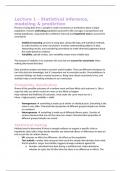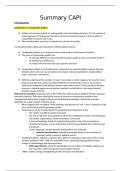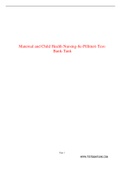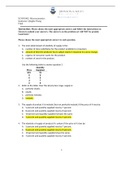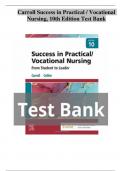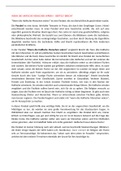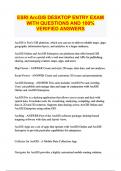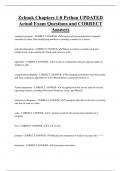College aantekeningen
Summary online lectures Statistics and Methodology including examples
- Instelling
- Tilburg University (UVT)
A summary of the online lectures made available for the course Statistics and methodology of the master Data Science & Society at Tilburg University. Different terms are explained as simple as possible to make it easy to understand. Also, several examples have been given about how to interpret spec...
[Meer zien]
